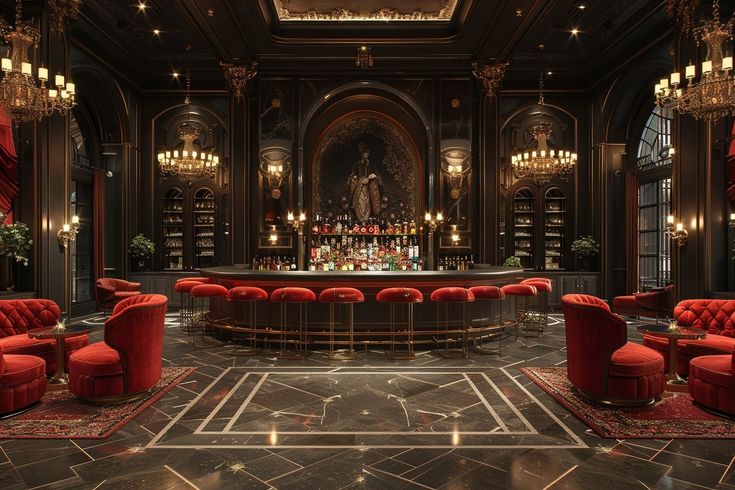Casino Art
Casino Art: The Design and Architecture Behind Iconic Casinos
Casino architecture is a unique blend of opulence, psychology, and cutting-edge design. The art of crafting a casino space goes beyond aesthetics—it’s about creating an atmosphere of luxury, excitement, and exclusivity. From the grand chandeliers of Monte Carlo’s Casino de Monte-Carlo to the futuristic LED facades of Las Vegas, casino art plays a crucial role in shaping a gambler’s experience.

The Psychology of Casino Art and Design
Casino designers follow specific principles to encourage players to stay longer and immerse themselves in the experience. The use of lighting, colours, and spatial layouts is carefully orchestrated to stimulate excitement and relaxation simultaneously.
• Lighting: Casinos often use warm, indirect lighting to create a welcoming atmosphere. Lavish chandeliers, LED displays, and neon lights enhance the sense of glamour and modernity.
• Colours and Themes: Red, gold, and deep blue tones dominate many casino interiors, as these colours evoke feelings of luxury, wealth, and excitement. Some casinos opt for bold, avant-garde themes to differentiate themselves.
• Maze-Like Layouts: Many casinos are designed without clear exit signs or clocks, encouraging guests to explore and stay longer. This architectural trick enhances the immersive experience.
Iconic Casino Art and Architectural Styles
The most famous casinos around the world incorporate casino art in their architecture, making them cultural landmarks as well as gaming hubs. Here are a few outstanding examples:
1. The Classical Elegance of Monte Carlo Casino (Monaco)
Built in the 19th century, Monte Carlo Casino is a masterpiece of Beaux-Arts architecture. Ornate columns, frescoed ceilings, and gold-trimmed interiors make it a timeless work of casino art. The building itself exudes wealth and sophistication, appealing to high-rollers and elite tourists.
2. The Extravagance of Las Vegas Casinos
Las Vegas is the global capital of extravagant casino design. Each resort follows a unique theme:
▸ The Venetian recreates the beauty of Venice with its detailed replicas of canals and Italian palaces.
▸ Bellagio is famous for its artistic fountains and elegant, European-inspired interiors.
▸ The Luxor brings ancient Egyptian aesthetics to life with a massive black pyramid and an enormous sphinx at the entrance.
These casinos use larger-than-life casino art to create distinctive identities that attract visitors worldwide.
3. Macau’s Futuristic Casino Designs
Macau’s casinos blend ultra-modern architecture with traditional Chinese artistic influences. The Grand Lisboa features a striking lotus-shaped structure covered in golden lights, symbolizing prosperity. Meanwhile, The Galaxy Macau incorporates an Asian-inspired design with a focus on luxury and grandeur.
The Role of Digital and Interactive Casino Art
Modern casino design incorporates digital casino art to enhance the gaming environment. LED walls, projection mapping, and interactive installations create dynamic experiences that adapt to player moods and events. Some notable advancements include:
➙ LED-covered facades that change colour and display animations.
➙ Projection mapping that transforms walls and ceilings into moving artworks.
➙ Immersive digital displays that integrate art with slot machines and gaming tables.
Casino Art Beyond Architecture: Interior and Decor
Casino interiors are designed to make players feel both comfortable and engaged. High-quality materials, luxurious furniture, and carefully selected artwork contribute to the overall experience. Elements such as:
★ Intricate carpets with hypnotic patterns to create a feeling of endless movement.
★ Custom-designed sculptures and paintings that reinforce the casino’s theme.
★ Grand staircases and domed ceilings that add a sense of prestige and grandeur.
Conclusion
Casino design is a fusion of art, psychology, and engineering. Whether through classical architecture or futuristic digital installations, casino art defines the atmosphere and character of gaming spaces. As technology evolves, the future of casino art will likely integrate even more digital and interactive elements, making these entertainment hubs even more immersive and spectacular.